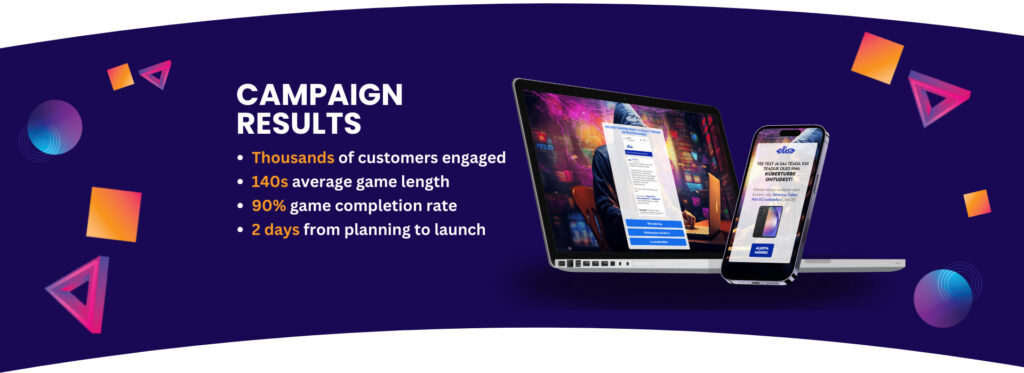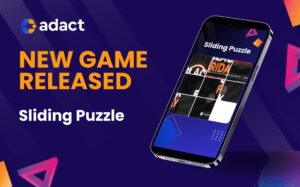There’s no denying that as time goes on, the more our technology develops. The Internet debuted to the public in 1993. Yahoo was created a year later and today’s tech giant Google was founded shortly after. We can all admit, that now, almost 30 years later we can’t imagine our life without technology. As this technology evolution might have been rapid, so have also grown the dangers of Cyber Security. That’s where a telecommunications company like Elisa comes into play.
Coming up with the idea
In addition to being the tenth month of the year, October is also known as a Cyber Security month. Combining this theme with their goals to raise people’s awareness about cyber security and their BitDefender antivirus sales, they came up with the “Security test” concept.
BitDefender is one of Elisa Eesti’s (a part of the global Elisa Group) products dedicated to improving its customers’ cyber security. The thing with cyber security is that even if you know what is a phishing attempt, you might not always steer clear of it. That’s where Elisa got an idea for their campaign.
Building the campaign
As Elisa was on a tight schedule, it was important for them to keep the experience engaging and also quite easy to build as well. Luckily the Adact software was super easy to use which allowed them to build the whole campaign in two days.
Content is king
For context, Bitdefender is renowned for its comprehensive antivirus solutions that protect against numerous malware threats. With a reputation for high detection rates and minimal system impact, Bitdefender’s offerings encompass a wide range of security features beyond traditional antivirus, including firewall protection, parental controls, and secure online banking tools.
The game was a personality test. So as the name says, the game helps players find out their personality, but in Elisa’s case, the test helped players find out whether they’d need a better antivirus or not and what their current state of cyber security (how vulnerable they are).
As Elisa wanted to educate people on possible threats and understand what’s their level of knowledge, they created a series of questions representing real-life situations. The situations varied from phishing emails to fake customer support connections and getting your social media accounts hacked. These types of real-life situations helped people learn more about cyber security while also giving Elisa information about who would need new antivirus software.
Some of the cyber threat topics covered in the security test were tech support scams, unsecured Wi-Fi networks and phishing attacks like Phishing emails, text messages, or phone calls that they designed to be relevant to both, Elisa and the customer.
It is one thing to comment on the nature of Elisa’s content, but the other thing is going deeper.
And by that, we mean analyzing the campaign results. So let’s take a look at them.

NUMBERS SHOW THE TRUTH
At first, Elisa’s marketing team was sceptical about the campaign, but once the campaign ended, they quickly changed their mind. They couldn’t imagine that gamification marketing could result in an excellent lead generation method ending up in thousands of leads for them to use.
If we now think about the campaign’s effectiveness, then the overall result becomes even more mesmerizing. Usually building a similar campaign from scratch takes days if not weeks and the dedication of multiple people who have to work on it. Using our software, Elisa was able to publish the campaign only in a matter of days. This way they saved countless hours of labour and also a lot of money. Who wouldn’t love that?
Public’s feedback
Elisa received feedback from the players that the content of the game was exciting and required a bit of brainstorming to distinguish between fraudulent messages and so-called safe messages. People learned several new nuances about cyber scams and phishing messages while playing the game.
Analytics also support that feedback since an average interaction duration was 140 seconds and 90% of the thousands of participants finished the test. This indicates that the time invested into creating engaging content and relevant questions really paid off.





